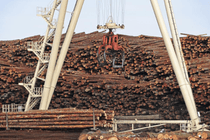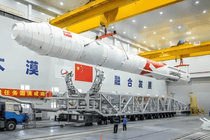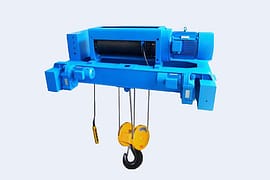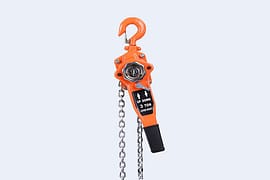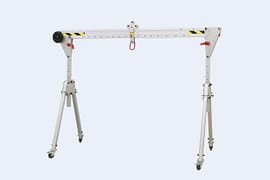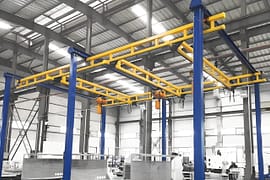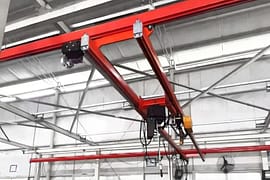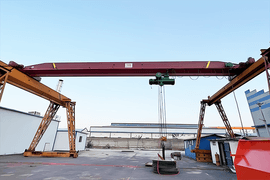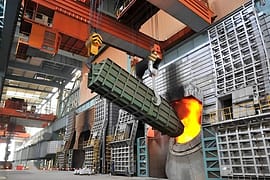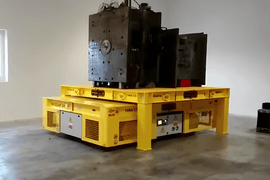Components of a Full Gantry Crane: A Comprehensive Guide
If you are looking for heavy-duty lifting equipment for your industrial application, a gantry crane can be an excellent choice. Gantry cranes are popularly used in construction sites, factories, shipyards, and warehouses. They are highly efficient, and versatile, and can lift and transport massive loads with ease. In this article, we will discuss the components of a full gantry crane and their respective functions.
Table of Contents
1. Introduction
2. What is a Gantry Crane?
3. Types of Full Gantry Cranes
4. Components of a Full Gantry Crane
-Gantry Frame
-Hoist Trolley
-End Carriages
-Crane Runway
-Electrical System
-Controls and Safety Features
5. How Does a Full Gantry Crane Work?
6. Applications of Gantry Cranes
7. Benefits of Gantry Cranes
8. Maintenance and Safety Tips
9. Conclusion
10. FAQs
1. Introduction
Gantry cranes are heavy-duty lifting machines used in industries to transport and lift heavy loads. They can be customized to suit specific needs and are used in various sectors such as construction, manufacturing, and logistics. These cranes are equipped with advanced features that enhance their functionality and safety.
2. What is a Gantry Crane?
A full gantry crane is a type of crane that consists of a bridge supported by two legs that move on rails. It is commonly used for outdoor lifting operations in areas such as construction sites and shipyards. Full gantry cranes are designed to lift and transport heavy loads, typically ranging from 10 to 200 tons.
3. Types of Full Gantry Cranes
Full gantry cranes are available in various types, depending on their application and design. The most common types include:
4. Components of a Full Gantry Crane
A full gantry crane is made up of several components that work together to enable the crane to lift and transport heavy loads. These components include:
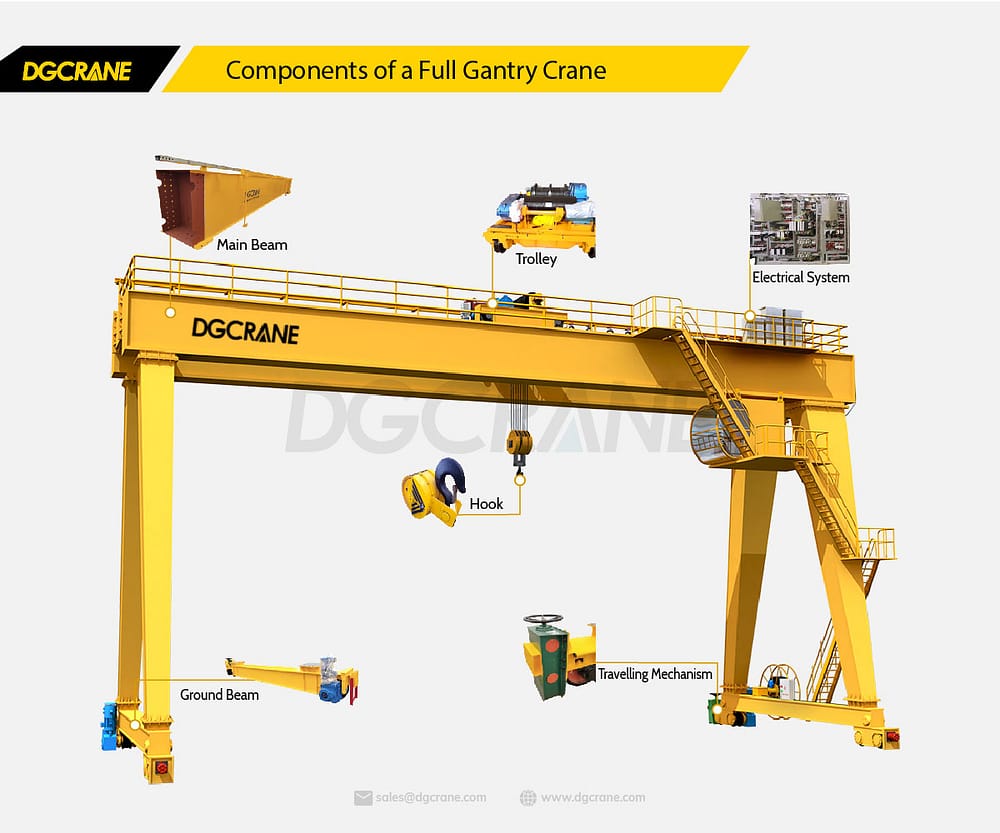
-Gantry Frame
The gantry frame is the primary supporting structure of the crane. It consists of two vertical legs, a horizontal beam, and a trolley that runs along the beam. The gantry frame is designed to provide stability to the crane during lifting operations.
-Hoist Trolley
The hoist trolley is the component that carries the load. It is attached to the gantry frame and moves along the beam. The hoist trolley can be fitted with various lifting tools such as hooks, magnets, or grabs, depending on the type of load being lifted.
-End Carriages
The end carriages are located at the ends of the gantry frame and support the trolley and hoist. They are equipped with wheels that move along the crane runway.
-Crane Runway
The crane runway is the path on which the crane moves. It consists of rails that are mounted on the ground or elevated structure. The crane runway supports the end carriages and allows the crane to move along the path.
-Electrical System
The electrical system of a full gantry crane consists of various components such as motors, cables, and control panels. The motors provide power to the crane’s movement, and the cables transmit the power from the electrical source to the crane’s motors. The control panel allows the operator to control the crane.
-Controls and Safety Features
The controls and safety features of a full gantry crane are crucial components that ensure the safe operation of the crane. The operator can control the crane’s movement using a control panel that is fitted with buttons and switches. The safety features include limit switches that prevent the crane from overloading or moving beyond its operational limits.
5. How Does a Full Gantry Crane Work?
A full gantry crane operates by using the hoist trolley to lift and transport heavy loads. The operator controls the crane’s movement using the control panel, which sends signals to the motors that power the crane’s movement. The hoist trolley can be fitted with various lifting tools, such as hooks, magnets, or grabs, depending on the type of load being lifted.
6. Applications of Gantry Cranes
Full gantry cranes are versatile and are used in various industrial sectors such as construction, manufacturing, and logistics. They are commonly used for lifting and transporting heavy loads in shipyards, warehouses, and construction sites.

7. Benefits of Gantry Cranes
Full gantry cranes offer several benefits that make them an excellent choice for heavy lifting applications. These benefits include:
- High lifting capacity
- Versatility
- Enhanced safety features
- Customizable to suit specific needs
- Easy to operate and maintain
8. Maintenance and Safety Tips
To ensure the safe and efficient operation of a full gantry crane, it is essential to conduct regular maintenance and adhere to safety guidelines. Some maintenance and safety tips include:
- Conduct regular inspections to identify and address any issues
- Ensure the crane is operated by trained personnel
- Follow the manufacturer’s guidelines for maintenance and operation
- Keep the crane and its components clean and well-maintained
9. Conclusion
In conclusion, a full gantry crane is a heavy-duty lifting machine that consists of several components that work together to lift and transport heavy loads. The components include the gantry frame, hoist trolley, end carriages, crane runway, electrical system, and controls and safety features. Full gantry cranes offer several benefits, including high lifting capacity, versatility, and enhanced safety features. To ensure the safe and efficient operation of a full gantry crane, it is essential to conduct regular maintenance and adhere to safety guidelines.
10. FAQs
Q: What is a full gantry crane?
A: A full gantry crane is a type of crane that consists of a bridge supported by two legs that move on rails.
Q: What are the components of a full gantry crane?
A: The components of a full gantry crane include the gantry frame, hoist trolley, end carriages, crane runway, electrical system, and controls and safety features.
Q: What are the benefits of using a gantry crane?
A: The benefits of using a gantry crane include high lifting capacity, versatility, enhanced safety features, customizability, and ease of operation and maintenance.
Q: How does a gantry crane work?
A: A gantry crane works by using the hoist trolley to lift and transport heavy loads. The operator controls the crane’s movement using the control panel.
Q: How do I ensure the safe operation of a gantry crane?
A: To ensure the safe operation of a gantry crane, it is essential to conduct regular maintenance, follow safety guidelines, and operate the crane using trained personnel.









